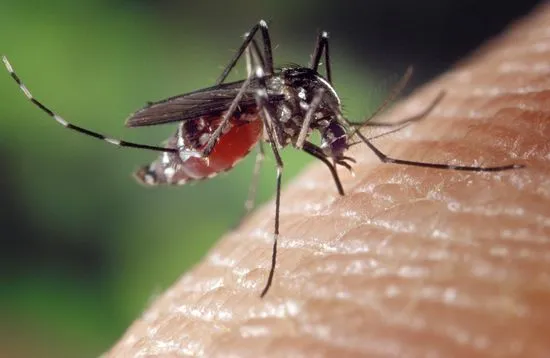What makes one person’s immune system recover effectively and another person’s not? The University of Sydney reports as many as one in 20 people will experience symptoms for three months or longer. With over 30 000 cases each week the prevalence of LC will be increasing over time.
The continued ill health or slow recovery from an infection is not a new phenomenon. Patients have been presenting with what is commonly known as post viral syndrome or better known as chronic fatigue syndrome. Many people suffering from chronic fatigue have been labelled “depressed”. Jessica Bernard, an Associate Professor at the A&M University Texas raises concern about the impacts LC has on the brain and aging. Marked difference was found in patients brain grey matter raising concern. The severity of the infection was not implicated in the loss of brain volume.
According to the MTHFR Support group in Australia, methylation is the key to reducing long COVID (LC). Many nutrients are needed for proper methylation but one of the key ones is vitamin B12. Vitamin B12 deficiency or insufficiency is common in general practice. It is estimated to be around 1-10% of adults, especially the elderly/vegan or vegetarians have a deficiency. To have normal levels, not only does it require adequate intake, but it also requires normal gastric function for absorption. Patients with type 1 diabetes and thyroid autoimmunity have a higher prevalence for pernicious anaemia leading to reduced uptake. Certain medication such as proton pump inhibitors can also block the uptake in our gut. A new “active B12” measure is now available through your general practitioner if B12 deficiency is suspected. This test is a better predictor of a deficiency.
We have noticed that there is no correlation between patients with comorbidities and lowered immune function. LC seems to appear in all age groups and gender; however, US research does suggest it being more prominent in females. There are no hard and fast rules on how to approach LC other than individualising each case. Fatigue, brain fog and vertigo have been mentioned by many patients. High stress levels before the infection have been suggested as a causal factor. Many cases also present with “dysautonomia” giving the sensation of a racing heart and dizziness. When survivors of the original SARS were interviewed, many reported symptoms three years later especially the fatigue.
Dealing with LC may pose a significant challenge for months or even years to come. Various nutritional and/or herbal formulations are needed with regular follow ups to assess symptoms. Herbs have antiviral as well as anti-inflammatory effects and can restore someone’s innate immunity. Researchers are working continuously to get a better understanding around what is happening with these patients suffering LC. Some posing the question that there seems to be an increased risk of
developing autoimmunity.
I will keep you posted with updated information when it becomes available. There is a Facebook group Australia Long Covid Community which may be of interest.
If you would like to book an appointment to discuss how we can assist then please email us at reception@resolvemyhealth.com.au or call us on 07 5525 2211







